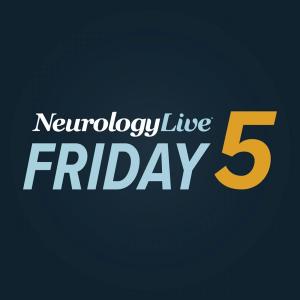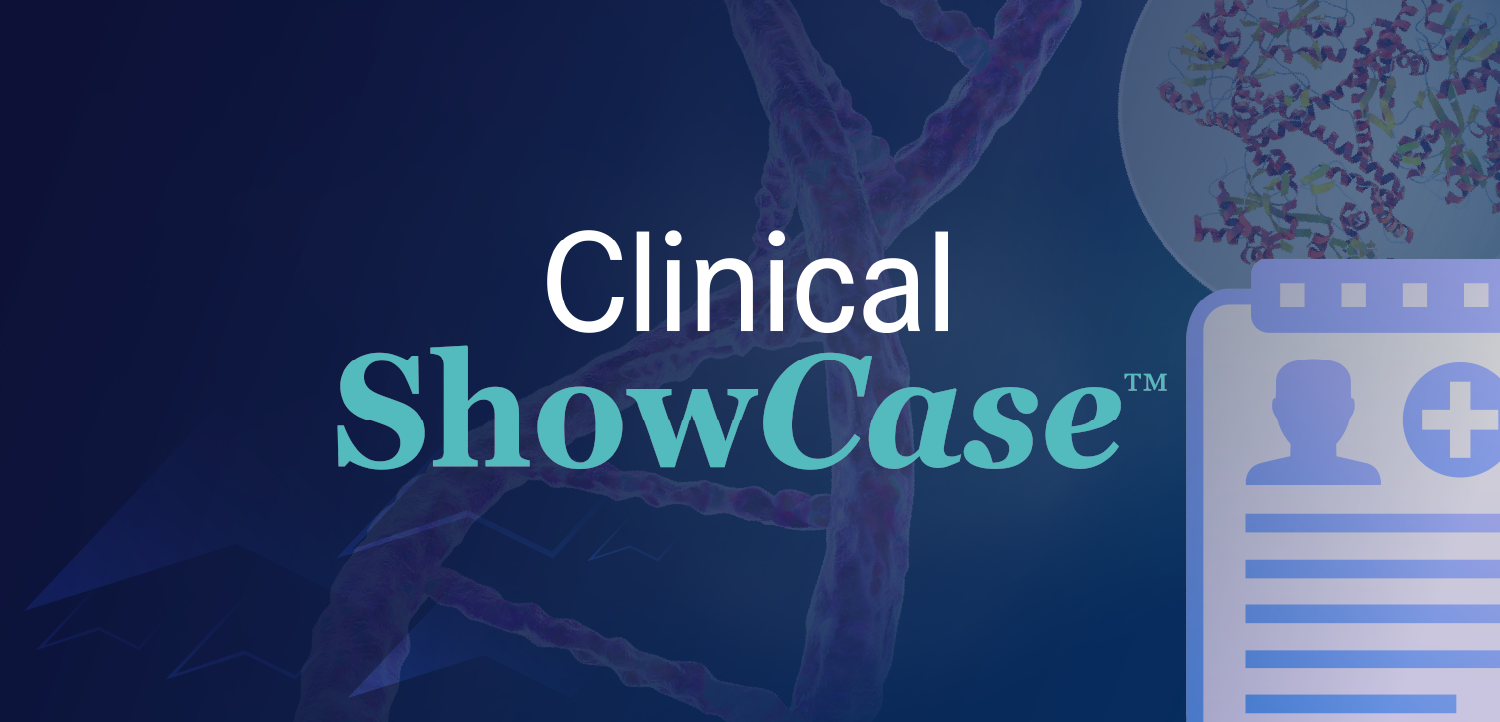|Videos|June 7, 2019
Response to CGRP Inhibitors: Refractory Migraine & Drug Overuse
Advertisement
Stephanie J. Nahas, MD, MSEd, FAHS, FAAN: Something else is that we’re changing the way we’re thinking about what refractory migraine means. What constitutes refractory migraine? We say it’s frequent, it’s disabling, and several treatment failures have occurred. There’s this conceptualization that the more treatment failures one experiences—and this is with any medical condition—the more refractory that disease state is, the harder it’s going to be to treat.
What’s fascinating is that we’re seeing in these clinical trials that the more treatment failures one has, the better they might do. This again, speaks to the mechanisms of migraine and the mechanisms of treating it. If you fail to respond to these nonspecific preventive treatments that don’t directly target CGRP [calcitonin gene-related peptide], maybe that’s the reason. We’re getting closer to a root cause, not the only root cause, because I think there are probably multiple. They’re getting closer to a root cause, or a root contributor to the perpetuation of migraine disease. If you can treat at the ground level with a treatment that targets CGRP directly, you may have better success where you’ve experienced failure before.
Deborah Friedman, MD, MPH: That’s been really impressive to me in my practice, actually. It fits some of my patients who are the most refractory, who are in the hospital and in the emergency department and in the infusion center, and have been through everything. Some of them have had really miraculous responses to these drugs.
Stephen Silberstein, MD: Have you noticed that too?
Andrew Blumenfeld, MD: Yes. I have noticed that, but I think that there are subgroups. There are definitely these patients who respond, and then there are subgroups where it just doesn’t seem to have any benefit. Clearly, CGRP is not the only chemical involved.
Stephen Silberstein, MD: Why don’t we stop calling it migraine? Why not call it the migraines, just like we have the epilepsies. That’s really what we’re dealing with—a phenotypic manifestation of multiple underlying disorders, perhaps as a subset of the migraines that are CGRP-dependent. The new terminology is no longer grand mal or petit mal, but in the old days, we gave a drug for one of them and the other worked. Maybe we’re dealing with the same thing in the migraines. We need to change our thinking. What you said is very important. Every other prior trial would exclude people whose drugs failed them, twice. Did I get that right?
Stephanie J. Nahas, MD, MSEd, FAHS, FAAN: Yes.
Stephen Silberstein, MD: Now we’ve come to the conclusion that all that does is protect the ability to get a greater effect size comparing active drugs to placebo. That’s new, and I think the point you’re making is exactly that. The other point is that in some of the trials that involved concomitant preventive medicine, particularly topiramate, data clearly show the antibodies work just as well alone, or with a concomitant medication, which establishes exactly what you’ve said—co-therapy may be the best.
Deborah Friedman, MD, MPH: Medication overuse, as well. Patients who are in those trials, who were overusing medications—symptomatic medications, not butalbital and not opioids, but mostly either triptans or nonsteroidals—also benefited just as well as everybody else did and were able to reduce their use of symptomatic medication.
Stewart J. Tepper, MD: Yes. I think it’s very exciting data that were presented at this meeting in terms of what Deb just said. In the studies for chronic migraine, for these monoclonal antibodies, Richard Lipton MD presented data for both fremanezumab and erenumab, and the majority of patients with chronic migraine converted to episodic migraine with these medications. The majority of patients with acute medication overuse converted to nonoveruse with these medications. It’s really shifting the way that I practice in terms of a patient coming in who’s overusing combination analgesics and triptans. I can put them on these medicines, and have a discussion about it, but be relatively confident that there’s a greater likelihood than not that 3 months down the pike, that patient is going to have a very dramatic use of what had been a previous overuse, with the potential for gastroenteropathy and nephropathy and all of the problems that the overuse causes.
Stephen Silberstein, MD: I’ve almost come to the opinion that the reason you failed multiple drugs or that the next drug didn’t work, is they’re all working by the same mechanism.
Stephanie J. Nahas, MD, MSEd, FAHS, FAAN: Been failed by.
Stephen Silberstein, MD: Did I say it? Did I get it right? Or failed by? The other point is, it eliminated 2 myths—drug failure does not predict drug failure. It predicts failure of a drug that has the same mechanism. The second point is that the idea of detox first, prevent later, I would say, is medieval, with the exception perhaps of opioids and butalbital.
Stewart J. Tepper, MD: Yes. I think it’s important to say that opioid and butalbital overuse was excluded in these studies, and we do not know whether these medicines would have any impact in that setting.
Stephen Silberstein, MD: In the United States, in this civilized Western World, it’s prevent first, then detox. In barbaric Europe, they make people go cold turkey first, and then only if they don’t do well do they get preventive. Let’s move on now to patients of yours. You talked about one or two. Anybody have any good examples of patients who were resurrected? I call this almost resurrection therapy, bringing patients back from the dead. I saw a kid the other day who missed school the last 2 years. I gave him 1 of the antibodies after we tried a lot of other things and he’s headache-free for the last 2 months. It’s amazing, but tell us about it.
Stephanie J. Nahas, MD, MSEd, FAHS, FAAN: I have a pretty dramatic responder, somebody who not only has migraine but has hemiplegic attacks, ataxic attacks, and demonstrated gene mutations. She has tried so many different medications and gets some benefit and, therefore, is on about 20 of them. Not all of them are daily, but she’s got several preventives. She’s also got psychiatric medications for her comorbidities and she’s got an array of medications from which to choose.
This type of person would have been excluded from the trials due to the multiple manifestations of migraine, and she was a bit hesitant to try any of the new products right out of the gate. She managed to wait 3 months before going for it and had an amazingly dramatic response. Within 4 days she was getting breaks in her symptoms. Now, her symptoms were constant—constant pain to one degree or another, constant degree of sensory sensitivity, and it was very easy to trigger these ataxic attacks or the hemiplegic attacks.
Then after her second dose, she started getting longer and longer gaps. She came to me right about at that point after her second dose, and was thrilled to report that she had only had maybe 8 migraine days that month. The rest of her symptoms were minimal, if not gone. I saw her again after a few more months and it was even better.
Stephen Silberstein, MD: I think that may be the rule as opposed to the exception in people who start to respond.
Newsletter
Keep your finger on the pulse of neurology—subscribe to NeurologyLive for expert interviews, new data, and breakthrough treatment updates.
Advertisement
Related Articles
 NeurologyLive® Friday 5 — September 12, 2025
NeurologyLive® Friday 5 — September 12, 2025September 12th 2025
 Expanding the Alzheimer Drug Development Pipeline
Expanding the Alzheimer Drug Development PipelineSeptember 12th 2025
Latest CME
Advertisement
Advertisement
Trending on NeurologyLive
1
FDA Hands Complete Response Letter to SL1009 for Pyruvate Dehydrogenase Complex Deficiency
2
Expanding the Alzheimer Drug Development Pipeline
3
Shared Decision-Making and Ethics in Complex Neurology Clinical Research: Paul Ford, PhD
4
Patient-Reported Study Identifies Common Symptoms and Timing During Migraine Prodrome
5













































